当前位置:网站首页>Formation and release of function stack frame
Formation and release of function stack frame
2022-06-27 05:42:00 【rivencode】
1. Characteristics of stack area 
Stack area grows from high address to low address : The high address is the bottom of the stack , The low address is the top of the stack , Also use high address space while using low address space .

But by the starting address ( The lowest address ), The byte addresses where variables are stored are sequential and increasing

This is why the elements of an array are incremented by addresses , Although the stack grows from high address to low address , But the array as a whole makes room on the stack , The addresses of the other elements of the array are incremented
2. Function stack frame
Before talking about the function stack frame, first look at the commonly used assembly instructions , And registers 
The next step is to main Function call Add Function as an example , Elaborate call Add function , Form function stack frame , The detailed process of releasing stack frame after function call , It involves forming temporary variables , Form function stack frame , Function ends how to destroy the stack frame , How to return to call Add Functional main Continue to execute the following code in .
vs2013 There is stack randomization processing ( The addresses of relevant data may be different ), Rerunning the code may result in , The relevant data you see may not be consistent each time , But we focus on the principles and processes of change ,
Let's take a look at the whole process of function call
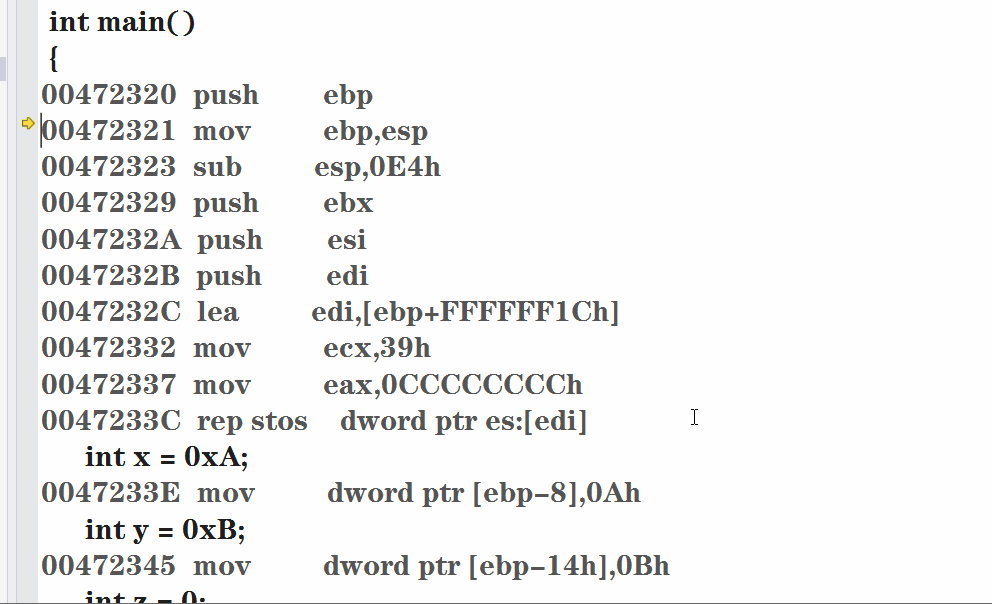
The next step is to go through the code section by section
main Functions are also called by other functions 
main Function is called by another function , Then form main Stack frame of function ( Allocate a block of memory on the stack ).


How did it form here main Stack frame , When we're done main Function call Add Function formation Add The stack framing process of the function is understood .

int x =0xA Before the corresponding assembly code is executed 
int x =0xA After the corresponding assembly code is executed 
int y =0xB And int z =0 After execution , Similar to the above process 
Three variables allocate memory and initialize .
formation x,y The temporary variable of a,b( Shape parameter )



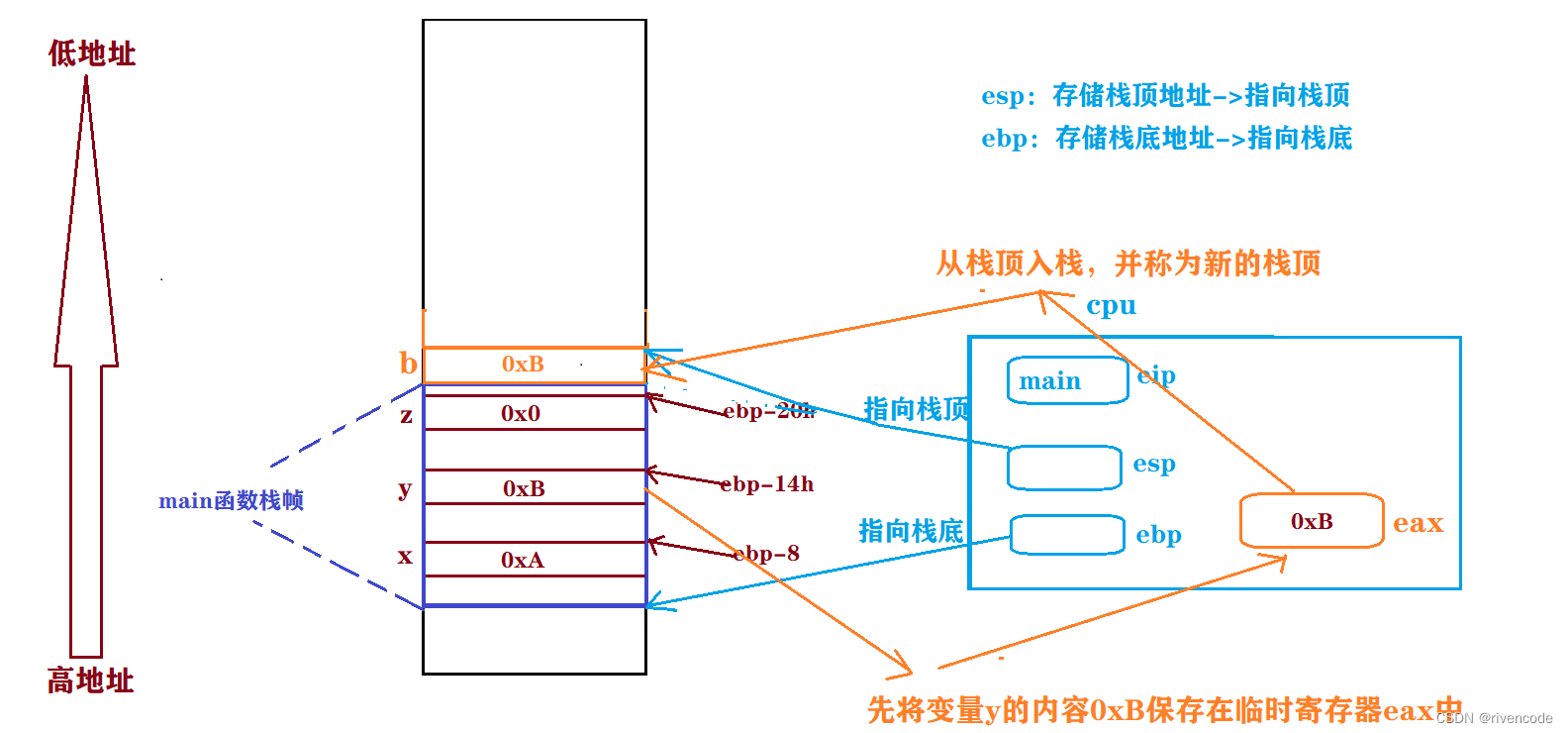



summary :

1. Temporary variables are formed when a function is formally called
2. The order of formal parameter instantiation is from right to left

Next, start calling Add function 

The function call contains two
1. Press in return address ( Stack return address )
2. Go to the objective function
Second, good understanding , To be called Add The function must be transferred to Add Execute in function Add Function code , But when the function is called, it must return main Function continues to execute subsequent code , So you must save the return address -> return main Function call Add The next instruction of the function .



Return the address to the stack , Move the top of the stack up 
The next step is to create Add Function stack frame , But before that, you need to store online main Save the address at the bottom of the function stack ( Push ), because Add After the function is called , Destroy stack frame , At this point, the pointer at the bottom of the stack ebp And stack top pointer esp To redirect main Function stack frame bottom and top of stack , So it must be saved in advance main Function stack frame bottom address .
First save main Function stack frame bottom address 



The next step is to form Add Stack frame of function
First step :

The second step 

summary :
When a function is called , namely Add When the function is called , The compiler will automatically form Add Function stack frame , As for the stack frame size of the function , The compiler will also estimate the size of the function stack frame according to the variables in the function and the types of variables , In a word, the function stack frame is handled by the compiler
Add After the function stack frame is successfully opened , Start execution Add Code in function , Realize variable allocation memory and initialization and data operation .
int c =0 Before the corresponding assembly code is executed

int c =0 After the corresponding assembly code is executed 
At this time will be c The variable allocates space and initializes to 0
The next step is to add 

ebp+8 It's preserved 0xA That is to say a Variable
ebp+c It's preserved 0xB That is to say b Variable 

It's done at this point c=a+b
The final return will be c Write the value of eax In the temporary register , in other words Add The return value of the CPU The temporary register in returns 
The next step is function call completion , Release Add Stack frame of function , return main Execute in function , Pointer at the bottom of the stack ebp And stack top pointer esp Point back to main The bottom and top of the stack frame of the function 

The following code is equivalent to releasing Add Stack frame of function 
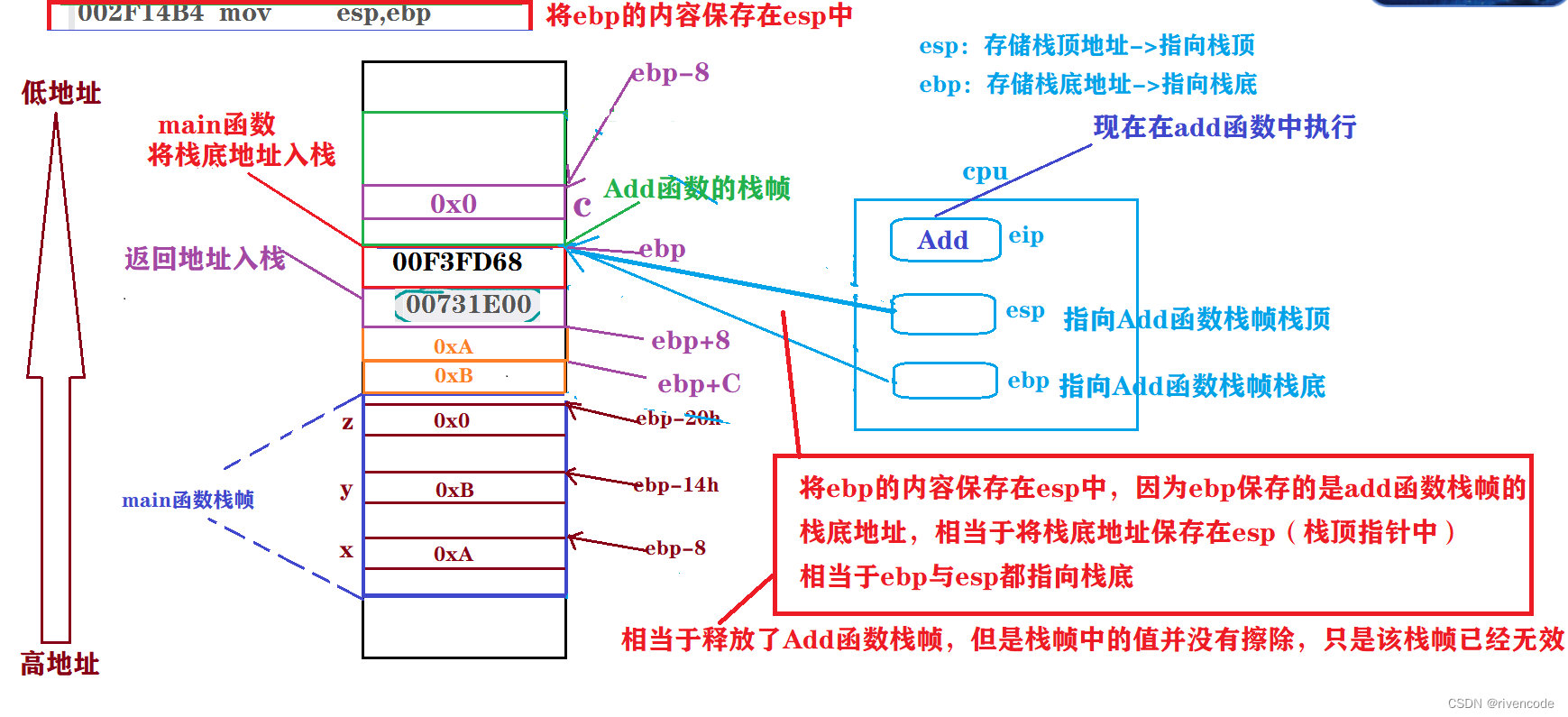
Make stack bottom pointer ebp Point back to main Function stack frame stack bottom 


here eip Register gets the return address at the top of the stack , Then you can return to main Execute in function main Function follow-up code 
go back to main Function , Direct execution
add esp,8 That is to let esp Move backward 8 A unit of , That is, release the original temporary variable 
Since then Add Function stack frame destruction , So the stack elements are completely destroyed, including the two temporary variables that were originally stacked 
The next step is to receive the return value , We have already talked about the return value c The value of the variable is already stored in eax Temporary register , You will now eax Return value in 0x15, Move to ebp-20h Medium but ebp-20h The content is z Variable , It is equivalent to putting the return value into z variable 

So far, the whole call Add Function to create a stack frame , The process of releasing stack frames after execution is completed
Other function calls are similar ,main Functions are also called by other functions , When main When the function is called , The compiler automatically forms main Function stack frame , etc. main After the function is executed, it will also be released main The stack frame
summary :
The whole process returned by the function call 
1. Call function , You need to form a temporary copy first , The formation process is from right to left
2. Development of temporary space , It is opened up inside the corresponding function stack frame , Function call completed , The stack frame structure is released , Therefore, the space of variables in the function is also released , So temporary variables are temporary .
3. There is a cost to calling a function , The cost is reflected in time and space , The essence is that there is a cost to form and release stack frames
4. Function call , Temporary variable caused by copy , The positional relationship between variables is regular 
边栏推荐
- Double position relay jdp-1440/dc110v
- AcWing 第 57 场周赛---BC题挺好
- Wechat applet refreshes the current page
- unity点光源消失
- Two position relay hjws-9440
- Unity point light disappears
- Asp. Net core6 websocket simple case
- 双位置继电器XJLS-8G/220
- When STM32 turns off PWM output, it is a method to fix IO output at high or low level.
- How JQ gets the reciprocal elements
猜你喜欢

Implementation of easyexcel's function of merging cells with the same content and dynamic title

竣达技术丨多品牌精密空调集中监控方案
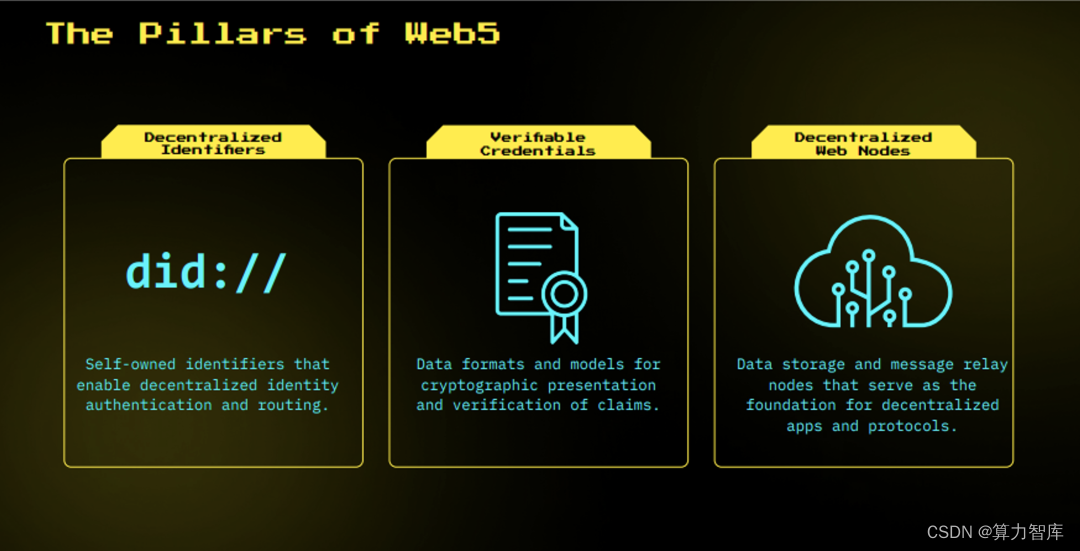
Web3还没实现,Web5乍然惊现!
![[nips 2017] pointnet++: deep feature learning of point set in metric space](/img/3e/0a47eecc27f236d629c611e683b37a.png)
[nips 2017] pointnet++: deep feature learning of point set in metric space
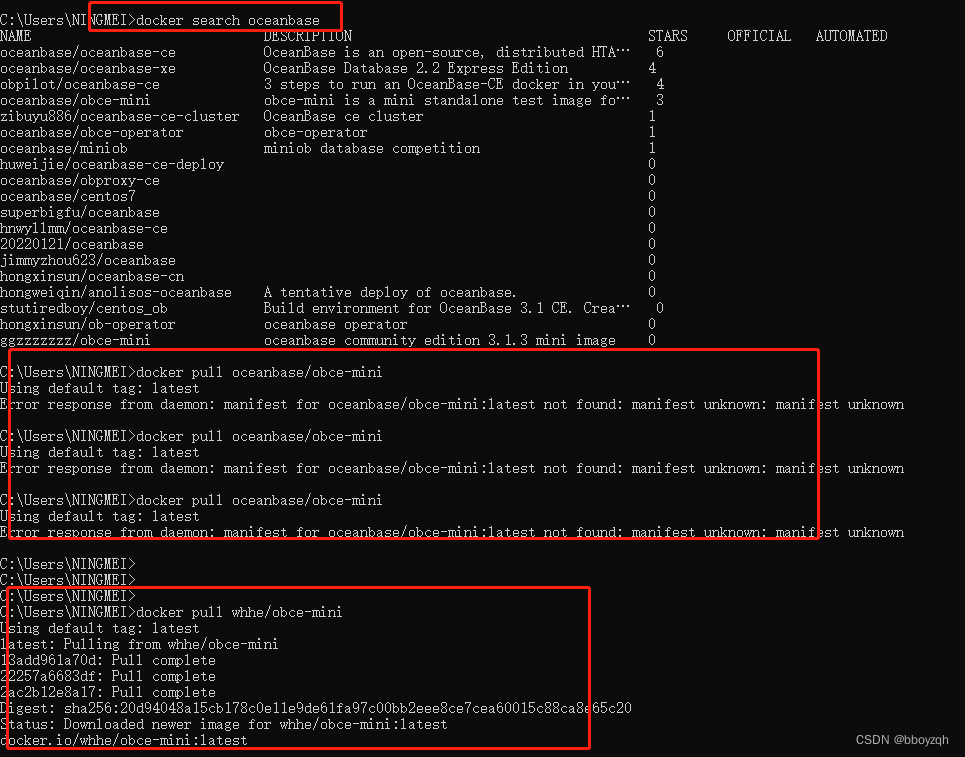
Experience oceanbase database under win10

STM32 reads IO high and low level status

Deep dive kotlin synergy (XV): Test kotlin synergy
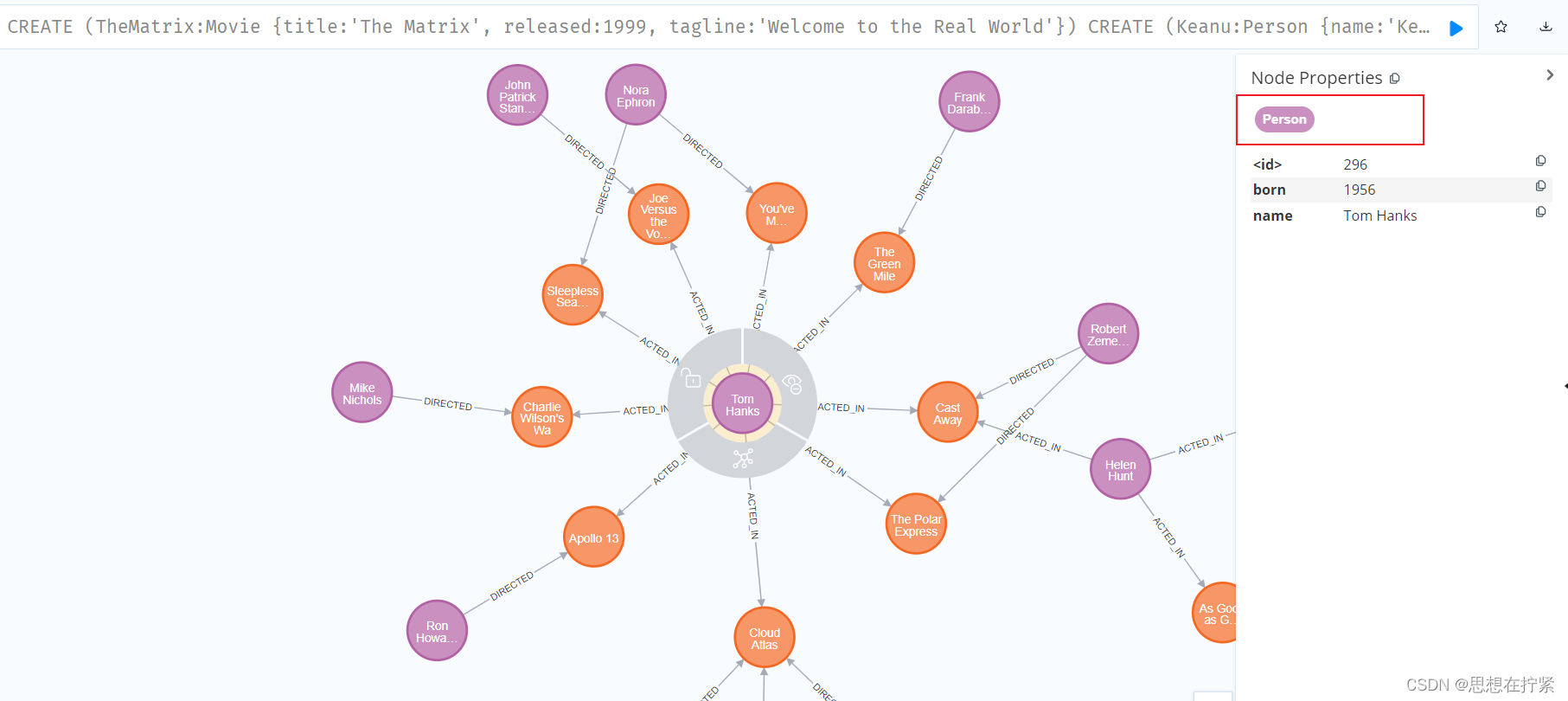
Basic concepts of neo4j graph database

AD22 gerber files 点开 gerber steup 界面 有问题 官方解决方法

关于元器件封装的一些文章和一下我的体会
随机推荐
NLP-D62-nlp比赛D31&刷题D15
Dual position relay dls-34a dc0.5a 220VDC
Logu p4683 [ioi2008] type printer problem solving
QListWidget中的内容不显示
Flink生产问题(1.10)
开门小例子学习十种用例图
stm32单片机引脚_如何将单片机的引脚配置为上拉输入
[unity] button of UI interactive component & summary of optional base classes
Unicast, multicast and broadcast of IP network communication
Machunmei, the first edition of principles and applications of database... Compiled final review notes
How pychart installs packages
Navigation [machine learning]
Opencv实现对象跟踪
Netease cloud music params and encseckey parameter generation code
Codeforces Round #802 (Div. 2)
Luogu p2939 [usaco09feb]revamping trails G
017 basics of C language: bit field and typedef
Get system volume across platforms in unity
Avoid asteroids
Cognition - how to fill in 2022 college entrance examination volunteers